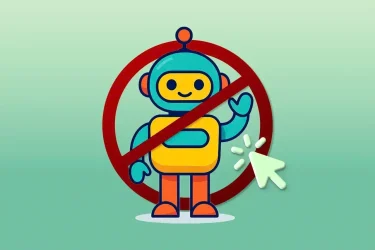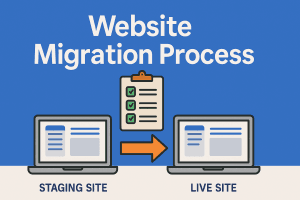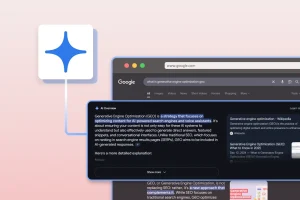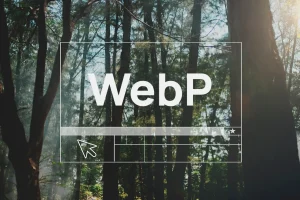In the digital marketing landscape, showing up on Google isn’t just nice—it’s necessary. Whether running a small business, launching a new brand, or just trying to get your content seen, understanding the terms SEO, SEA, SEM can make or break your strategy. Here’s the thing: these acronyms aren’t just marketing buzzwords. They each play a decisive role in how your audience finds you online. And yes, while they’re often lumped together, they serve very different purposes.
According to HubSpot, over 60% of marketers say that improving SEO is a top priority, while Google Ads generates billions in ad revenue each year (Statista). That tells us one thing: organic and paid strategies both matter—and understanding how they fit together is key. Let’s break it down clearly and simply—starting with what SEO and SEA actually mean, how they differ, and how they come together under SEM.
1 What is SEO (Search Engine Optimization)?

SEO (Search Engine Optimization) is the process of improving your website to help it show up higher in the organic (unpaid) results of search engines like Google, Bing, or Yahoo. When someone types in a keyword related to your business—say, “website design agency in Atlanta” or “website design agency nearby”—you want your website to appear as close to the top of the results as possible. That’s where SEO comes in.
Unlike paid ads, you don’t pay for clicks with SEO. Instead, you invest time and effort (or hire a pro) to improve your site’s relevance, usability, and authority. It’s a long game—but when it pays off, it really pays off. SEO is made up of several key components:
On-page SEO:
This involves optimizing elements on your site, like using the right keywords in your content, writing compelling meta descriptions, formatting with header tags (H1, H2, etc.), and making sure your content answers what users are searching for.
Off-page SEO:
This is about building your website’s reputation through backlinks—links from other reputable sites that point to yours. Backlinks are like votes of confidence in your content.
Technical SEO:
This focuses on how well search engines can crawl and index your site. It includes things like fast loading speed, mobile responsiveness, secure connections (HTTPS), and structured data (schema markup).
Why is SEO important?
SEO isn’t a one-and-done task—it requires ongoing effort, content creation, and monitoring. But it’s one of the most powerful tools for sustainable online growth.
2. What is SEA (Search Engine Advertising)?
SEA (Search Engine Advertising) refers to the use of paid advertisements to appear in search engine results. These are typically the first few listings you see on a Google search—marked with a little “Sponsored” or “Ad” label.
The most common form of SEA is PPC (Pay-Per-Click) advertising, where you only pay when someone clicks on your ad. The biggest platform for SEA is Google Ads, but others like Microsoft Ads (for Bing) are also widely used.
You bid on specific keywords relevant to your product or service. For example, if you sell organic cashew butter, you might bid on terms like: “buy peanut butter online” or “healthy peanut butter”. When someone searches those terms, your ad has the chance to show up at the top of the results page. Whether it appears depends on your bid, ad quality, and relevance to the keyword.
Benefits of SEA:
Once your budget runs out, your visibility disappears. That’s why SEA is often best paired with SEO—so you’re not relying solely on paid clicks.
3. SEO vs. SEA: What’s the Difference?

While SEO and SEA both aim to increase visibility on search engines, they use very different methods to get there—and each has its own strengths and challenges. Here’s a breakdown of how they compare:
⏱️ Speed of Results
SEO is a long-term strategy. It can take weeks or even months to see significant improvements in rankings, especially in competitive industries. However, you can enjoy consistent, “free” traffic once you earn a top spot. SEA delivers fast results. You can launch a campaign today and start getting clicks within hours. It’s ideal for product launches, seasonal promotions, or testing messaging.
💰 Cost Structure
SEO doesn’t require payment per click, but it’s not free. It involves time, effort, and possibly investment in tools or professionals. Still, the traffic you earn is essentially cost-free once rankings are established. SEA operates on a pay-per-click (PPC) model. You pay each time someone clicks your ad. The more competitive the keyword, the more expensive each click may be.
💡 User Trust
SEO often feels more trustworthy to users. People tend to scroll past ads and click on organic results because they perceive them as more relevant or authentic. SEA can be effective, but users may skip over ads—especially if they look too “salesy” or don’t align with their intent.
📈 Analytics and Testing
SEO is more complicated to test quickly. A/B testing changes to content or page structure takes time to show impact. SEA is highly flexible. You can instantly test headlines, keywords, or landing pages and use the data to refine your strategy.
In short, SEO builds authority, while SEA buys visibility. Smart marketers often use both together, leveraging the strengths of each.
Designer tạo hình cho bảng này: (e chụp bỏ lên chat gpt nó đánh lại word cho e nha)
4. What is SEM (Search Engine Marketing)?
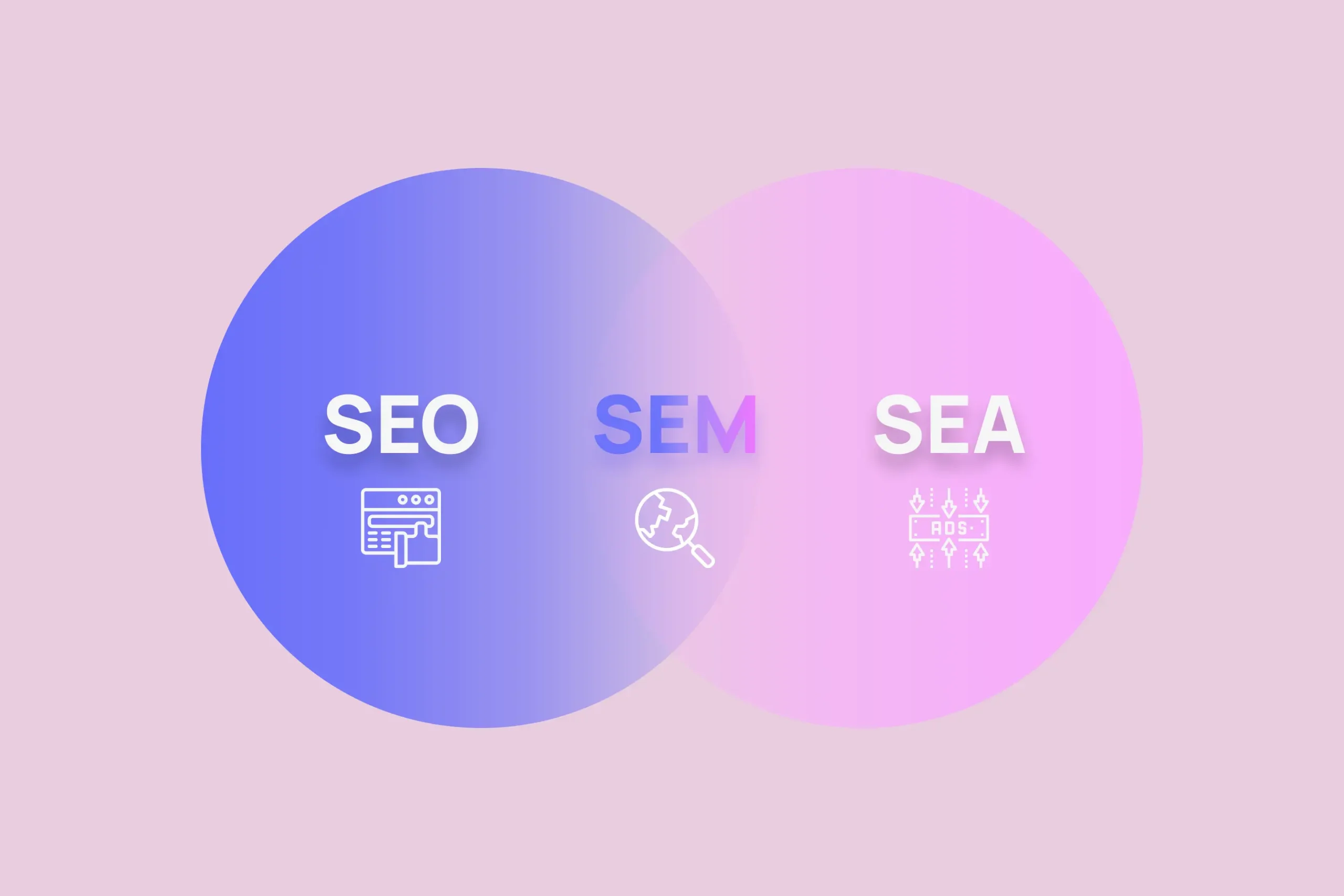
SEM = SEO + SEA
Search Engine Marketing (SEM) is a broad digital marketing strategy used to increase a website’s visibility on search engine results pages (SERPs) through both organic and paid methods. At its core, SEM is about getting your brand in front of users who are actively searching for products, services, or information related to your business. Traditionally, SEM was used interchangeably with paid search ads (SEA), but today, many marketers define SEM as a combination of:
So in simple terms: SEM = SEO + SEA
Some marketing professionals also include SMO (Social Media Optimization) under the SEM umbrella, especially when campaigns are closely integrated. However, in the context of search engines, SEM mainly focuses on SEO and SEA.
Why is SEM valuable?
Because it puts your business in front of users at the exact moment they’re searching for something you offer. Whether they’re Googling “best peanut butter for keto” or “buy cashew butter near me,” SEM strategies help ensure your site appears when those high-intent queries are made.
SEM doesn’t just focus on visibility—it’s about targeted visibility. It allows you to:
Key SEM Activities Include:

When to Use SEO, SEA, or Both?
Choosing between SEO, SEA, or using both depends on your business goals, timeline, budget, and the competitive landscape of your industry. Each approach has its strengths, and the smartest strategy often combines the two for short-term wins and long-term growth.
✅ Use SEO when:
Example: A blog focused on clean eating recipes or a wellness brand that sells organic nut butters would benefit from SEO by publishing keyword-rich, helpful content that brings in visitors month after month.
✅ Use SEA when:
Example: A new ecommerce store selling cashew butter can use SEA to show ads to people searching “where to buy cashew butter” and get sales from day one, even before SEO efforts start showing results.
🤝 Use Both SEO + SEA when:
By combining both, you can double your presence on search engine results pages, increase your brand credibility, and gather more valuable data about what works—then apply those insights across your entire marketing funnel.
Conclusion
Understanding the differences between SEO, SEA, and SEM is essential for building a smart and effective digital marketing strategy. SEO helps you build long-term visibility and trust through organic search. SEA gives you the speed and precision of paid ads. And SEM brings both together to help you reach your audience from multiple angles. The best part? You don’t have to choose just one. In fact, many successful businesses use a mix of SEO and SEA to grow traffic, leads, and sales while staying ahead of the competition.
If you’re not sure where to start, Align is here to help. We specialize in tailored SEO strategies that increase your search visibility, improve your website performance, and attract the right audience—without the guesswork. Whether you’re launching a new product, revamping your site, or scaling your brand, we’ll help you get found online and grow smarter.


